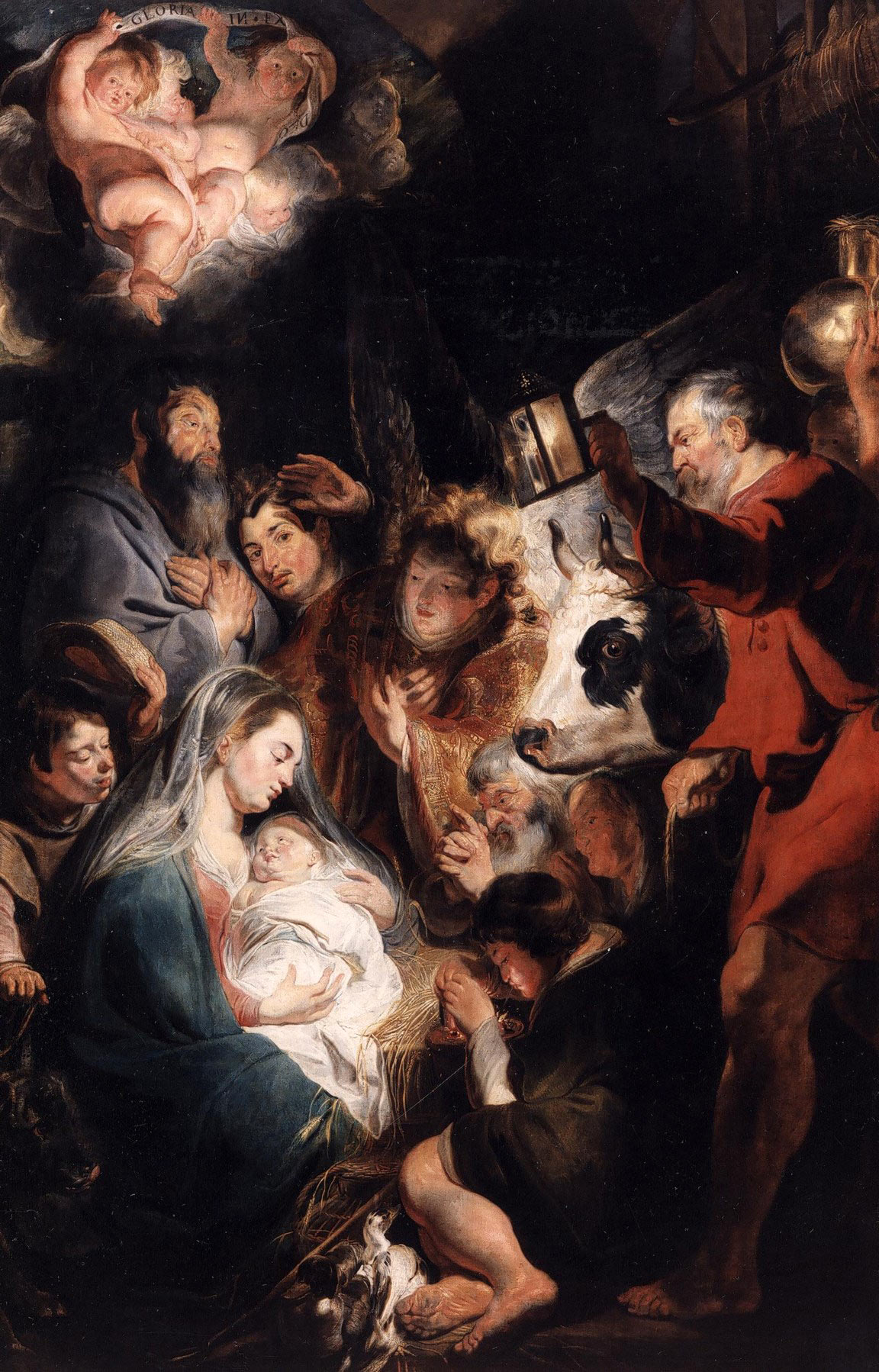Bach Cantata Day Information:
Third day of Christmas
Occurs every December 27th. Liturgical period : Christmastide.
Occurrences:
Music for this day
- Sehet, welch eine Liebe hat uns der Vater erzeiget, BWV 64
(first performance 27 December 1723, Leipzig period) - Ich freue mich in dir, BWV 133
(first performance 27 December 1724, Leipzig period) - Süßer Trost, mein Jesus kömmt, BWV 151
(first performance 27 December 1725, Leipzig period) - Herrscher des Himmels, erhöre das Lallen, BWV 248
(first performance 27 December 1734 - Christmas Oratorio Part III, Leipzig period)
The third day of Christmas was also a holy day in Leipzig, so Bach wrote no less than four cantatas for this day.
Sehet, welch eine Liebe hat uns der Vater erzeiget, BWV 64, was created in 1723 in Leipzig for this day, which is also the feast of John the Evangelist.
Ich freue mich in dir, BWV 133, is from the following year, 1724, again in Leipzig, and is part of the choral cantata cycle.
Süßer Trost, mein Jesus kömmt, BWV 151, is from 1725. A cantata where the first four parts are for the soloists, and the choir only has to sing the last part. Bach did this often in cantatas for a third consecutive feast day, to spare the poor choir boys of the Thomanerchor.
Herrscher des Himmels, erhöre das Lallen, BWV 248, is the third cantata of the Christmas Oratorio, describing the adoration of the Shepherds. For the fourth cantata of this magnificent Oratorio, you'll have to be patient... That's for New Year's day.
Extra information
The Netherlands Bach Society website has more information and a performance of BWV 151:
https://bachvereniging.nl/en/bwv/bwv-151/
Playlist
WBCF1227-Third day of Christmas
Choose one of these streaming services to listen to this playlist:
Image of the day

The adoration of the shepherds is the scene depicted in the thirth cantata of the Weihnachtsoratorium, so I am honoured to present to you the adoration by Jacob Jordaens (1593-1678), a painter of my hometown of Antwerp, a contemporary of Rubens and Van Dyck. This painting hangs in a museum in Grenoble since it was robbed in 1794 by the French who occupied my country at the time. It is one of at least 173 outstanding works of art they took.